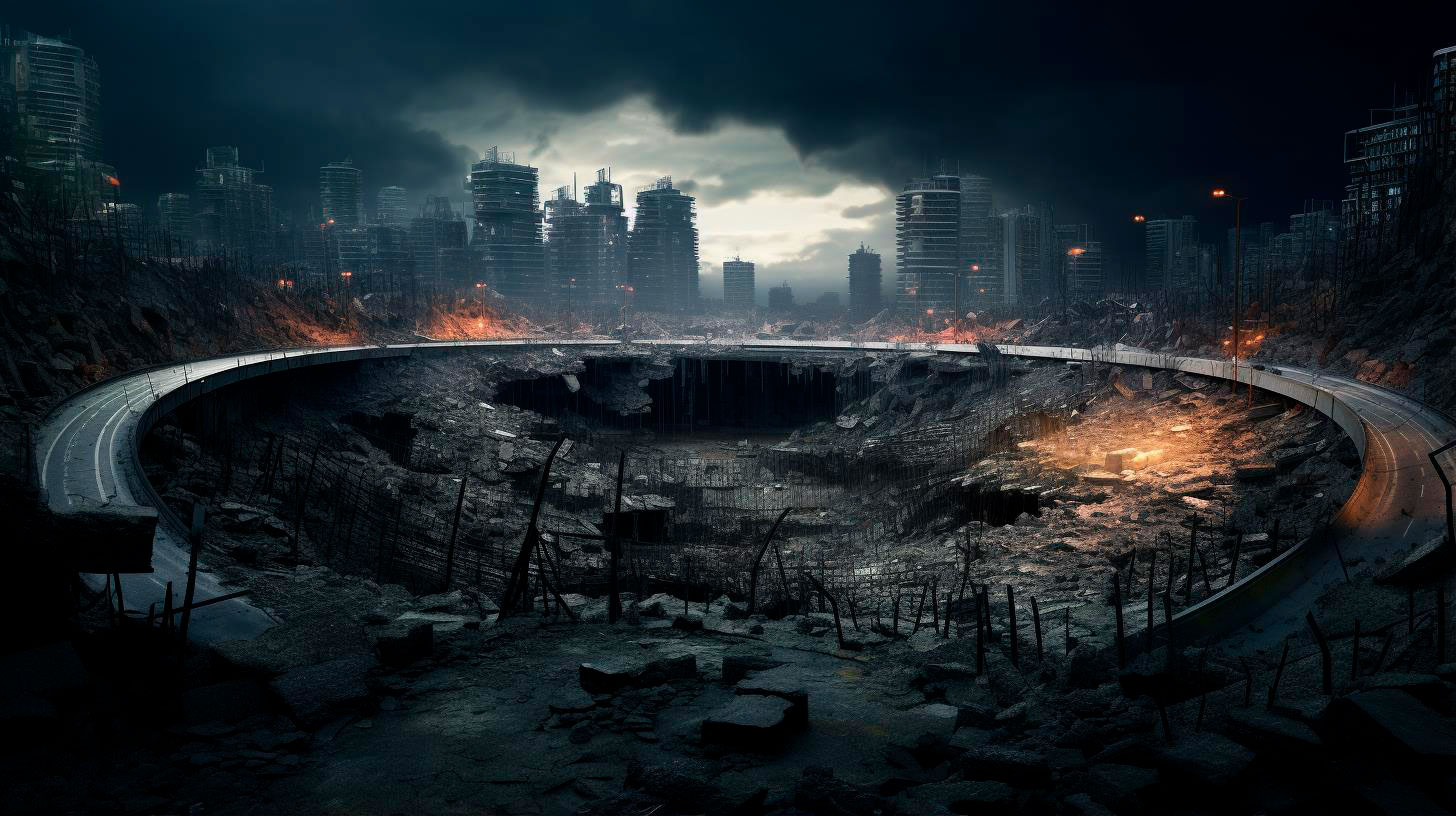The Role of Nuclear Power
In recent years, nuclear power has gained attention for its ability to provide a stable and reliable energy supply, even in the face of natural disasters. Here are some key reasons why nuclear power is increasingly being considered as an essential element of disaster resilience strategies:
- Stable and Reliable Energy: Nuclear power plants operate continuously, providing a consistent energy output, unaffected by external factors such as weather conditions. This stability ensures a reliable electricity supply even during emergencies.
- Zero Carbon Emissions: As the world grapples with the impacts of climate change, reducing carbon emissions is a crucial goal. Nuclear power plants generate electricity without emitting greenhouse gases, making them a clean energy source.
- Energy Independence: Nuclear power reduces dependence on fossil fuels, which not only diminishes the environmental impact but also shields communities from fluctuations in oil prices, geopolitical tensions, and supply chain disruptions.
- High Energy Density: Nuclear energy offers an exceptionally high energy density, meaning a small amount of fuel can generate a significant amount of electricity. This efficiency is a key advantage, especially during times when resources may be scarce.
- Long Operational Life: Nuclear power plants are designed to operate for several decades, providing a long-term energy solution. This longevity ensures stability and resiliency, making them excellent investments in disaster-prone areas.
Enhancing Disaster Resilience with Nuclear Power
Nuclear power plants play an integral role in enhancing disaster resilience. Let’s explore some of the ways in which nuclear power contributes to disaster preparedness, response, and recovery:
Reliable Electricity Supply
Nuclear power plants offer a stable source of electricity that is vital during emergency situations. This reliability is crucial for powering critical infrastructure, such as hospitals, emergency shelters, communication networks, and water treatment facilities. It ensures that essential services can operate smoothly, facilitating effective disaster response and recovery efforts.
Emergency Cooling Systems
One of the primary concerns during natural disasters is the potential damage to power infrastructure, particularly cooling systems for nuclear reactors. To address this, modern nuclear power plants are equipped with multiple backup cooling systems, often including passive cooling mechanisms. These redundancies ensure that even in extreme circumstances, reactors remain adequately cooled, minimizing the risk of a nuclear incident.
Desalination of Water
Access to clean drinking water is crucial during and after disasters. Nuclear power plants can play a role in desalinating seawater, providing a reliable source of freshwater. In regions prone to both natural and human-made disasters, this capability can be a lifeline, ensuring communities have access to safe drinking water when traditional sources are compromised.
Key Takeaways
- Nuclear power is a stable and reliable energy source that remains unaffected by external factors like weather conditions.
- It offers zero carbon emissions, contributing to the fight against climate change.
- Nuclear power enhances disaster resilience by providing a reliable electricity supply during emergencies.
- Emergency cooling systems and redundancies ensure the safety of nuclear reactors during extreme circumstances.
- Nuclear power plants can help in desalinating water, ensuring access to safe drinking water during and after disasters.
As we continue to face the challenges posed by natural disasters and the urgent need to address climate change, nuclear power emerges as a key component in disaster resilience strategies. Its stable supply of electricity, zero carbon emissions, and ability to ensure critical services during emergencies make it an invaluable asset. Investing in resilient energy infrastructure, such as nuclear power, can provide communities with the necessary tools to face disasters and emerge stronger and more resilient in the long run.
Sources:
